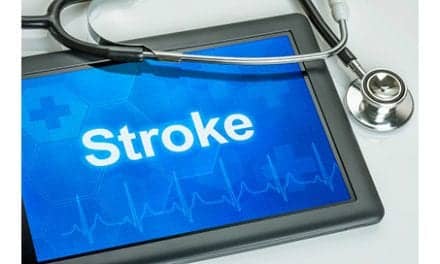New research presented at the American Orthopaedic Society for Sports Medicine’s (AOSSA) Annual Meeting in Orlando, Florida, suggests that overuse elbow surgeries, otherwise known as Tommy John Surgery, may be more common among young athletes than previously believed.
“Our results showed that 15- to 19-year-olds accounted for 56.7% of the Ulnar Collateral Ligament Reconstruction (UCLR), or Tommy John surgeries, performed in the US between 2007-2011. This is a significant increase over time with an average increase of 9.12% per year,” says the study’s lead author, Brandon Erickson, MD, of Rush University Medical Center in Chicago, in a news release from the American Orthopaedic Society for Sports Medicine.
In their study, Erickson and his team performed a retrospective analysis of a private payor database using the PearlDiver Supercomputer to identify UCLR procedures performed throughout the US. They found that the procedure’s overall average annual incidence was 3.96 +/-0.38 per 100,000 patients with an annual overall growth rate of 4.2%. There were 695 males and 95 females involved in the analysis. Twenty to 24-year-olds accounted for the second-highest incident rate at 22.2%, the release explains.
Significantly more—53%—UCLR procedures were performed in the Southern region of the United States than in any other region. Most of the surgeries were also performed between April and June. Fifty-eight percent of the procedures were performed in an outpatient hospital setting, 40% were performed at a surgical center, and 3% were performed in an inpatient hospital setting, the release continues.
“The research numbers suggest that more young athletes believe that having an UCLR procedure performed earlier in their career may lead to the big leagues or a scholarship, even though only one in 200 kids who play high school baseball will make it to the MLB,” Erickson states in the release.
“This paradigm shift needs to be evaluated further to help prevent overuse injuries in kids from the beginning of the season, when most issues arise,” he continues.
[Source(s): American Orthopaedic Society for Sports Medicine, Science Daily]




